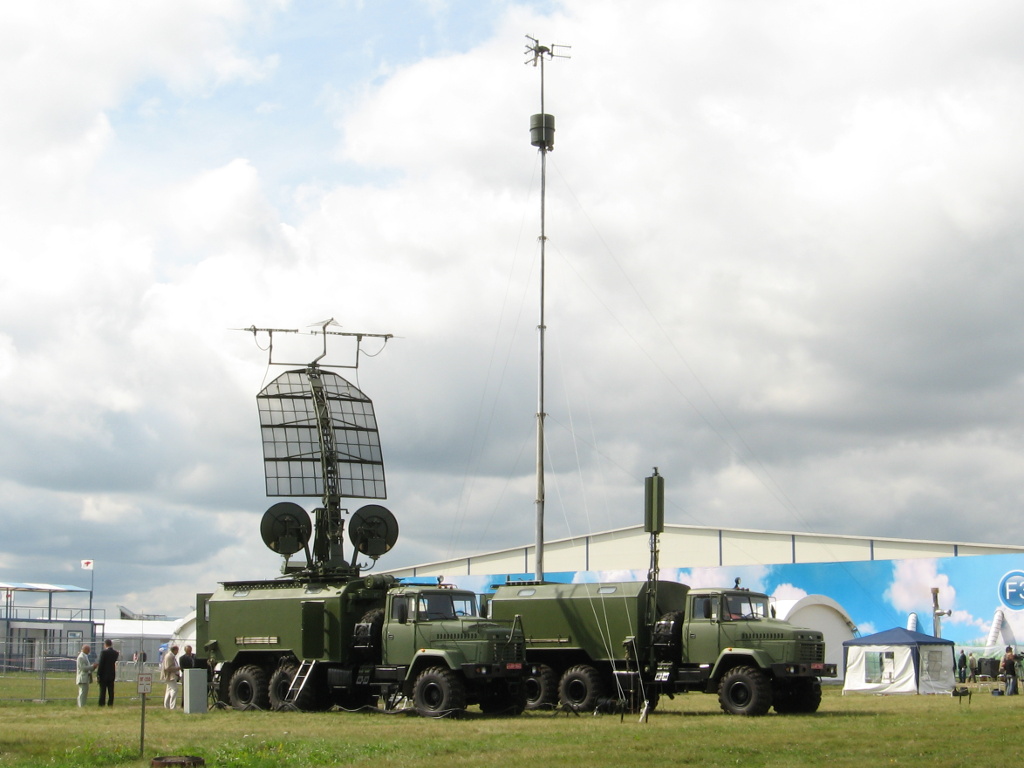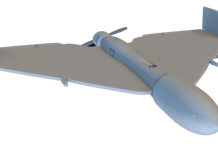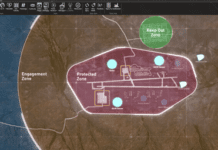This post is also available in:
 עברית (Hebrew)
עברית (Hebrew)
The US Pentagon has confirmed the deployment of prototype passive sensor systems for long-range surveillance against cruise missile, fixed and rotary wing aircraft, and unmanned aircraft systems threats.
The U.S. Army is currently being fielded the new Long-Range Persistent Surveillance (ALPS) passive sensor to the U.S. Indo-Pacific Command, U.S. European Command, and U.S. Central Command in support of a Joint Urgent Operational Needs Statements (JUONS).
The new ALPS is of one of the most classified surveillance systems of the U.S. Army. At this moment, the characteristics of the new system are not released, and even there is no information about its appearance.
According to available information, the new ALPS is able to detect and identify many types of fixed and rotary wing aircraft and cruise missiles in flight.
The database within ALPS is said to have the capacity to store around seven hundred different types of theaters, includes Russian cruise missiles that were used during a military operation in Syria, according to defence-blog.com.
The prototype systems will be provided to meet Combatant Commands’ identified needs and to conduct an operational assessment. This program will also develop and integrate the systems into the Army Integrated Air & Missile Defense (AIAMD) Battle Command System (IBCS) to improve the Cyber-Electromagnetic Activities (CEMA) posture of the Army’s Air and Missile Defense architecture.


























